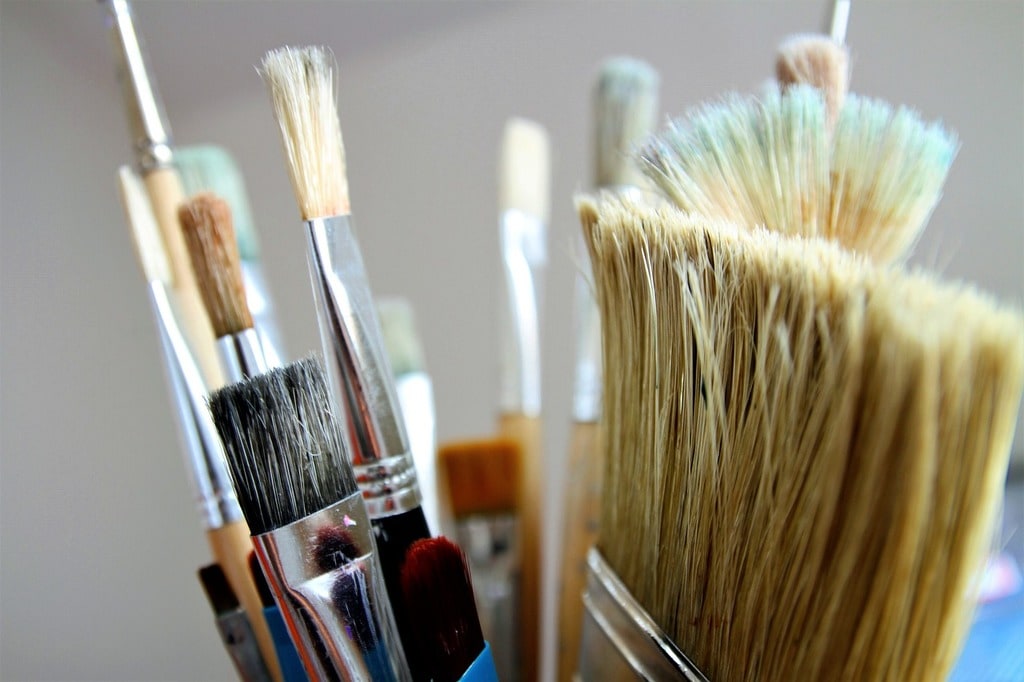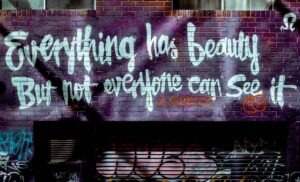The global art scene is buzzing with energy as new exhibitions open in cities around the world. From contemporary paintings to thought-provoking installations, each event brings a fresh perspective to the audience. This season, art lovers are treated to a variety of styles and themes, showcasing the diverse talents of artists both new and established. These exhibitions not only celebrate creativity but also challenge the norms, inviting viewers to explore different cultural narratives.
Exploring the best exhibitions in art capitals
In the past few months, cities such as New York, Paris, and Tokyo have hosted remarkable exhibitions that have captivated audiences. The Metropolitan Museum of Art in New York presented a stunning retrospective on the evolution of abstract art, featuring works by artists like Wassily Kandinsky and Piet Mondrian. In Paris, the Louvre unveiled an extraordinary exhibit focused on Renaissance sculptures, highlighting lesser-known masterpieces from Italy and France. Meanwhile, Tokyo’s National Art Center opened its doors to a unique display of digital art, blending technology and traditional Japanese aesthetics.
Each of these exhibitions offered a unique way to engage with art, whether through interactive installations or carefully curated thematic rooms. The exhibitions stood out not just for the art they displayed but also for their innovative presentation methods, which made every visit a memorable experience.

Breakthroughs in modern and contemporary art
Several recent exhibitions have placed a spotlight on modern and contemporary artists whose works push boundaries and redefine the art world. A noteworthy example is the “Visionaries of Tomorrow” exhibit at London’s Tate Modern, which introduced new approaches to visual storytelling. The exhibit featured large-scale installations using unconventional materials such as recycled plastics, metal, and textiles, allowing for an immersive experience that highlighted environmental concerns.
In Berlin, the “Human Conditions” exhibition tackled social issues through multimedia installations. Artists explored themes such as identity, migration, and mental health, using a combination of photography, soundscapes, and video art. These pieces not only communicated powerful messages but also invited the audience to participate actively, whether by sharing their own experiences or interacting with the installations.
Unveiling hidden treasures: a global perspective
Beyond the famous museums and galleries, smaller venues around the world have been showcasing hidden gems of the art world. In Buenos Aires, an exhibit called “Forgotten Voices” brought attention to indigenous art from the Andean region, celebrating the craftsmanship and cultural heritage of native communities. The exhibit featured traditional weaving, pottery, and storytelling elements that are rarely seen in mainstream art shows.
Similarly, a retrospective in Cape Town focused on the impact of colonial history on African art. Titled “Reclaiming Narratives,” the exhibition displayed historical artifacts alongside modern reinterpretations by local artists, creating a dialogue between past and present. The use of space and light in this exhibition added to the experience, giving prominence to each piece while guiding visitors through a complex historical journey.
List of standout exhibitions and their highlights
The following list presents some of the standout exhibitions that took place recently, showcasing a range of artistic expressions :
- “The Color of Light” at the Guggenheim Museum in New York: a visual exploration of how light affects perception in abstract art.
- “Resilience” at the Musée d’Orsay in Paris: a collective exhibition celebrating the resilience of artists during times of political turmoil.
- “Future Landscapes” at the Art Gallery of New South Wales in Sydney: a look at how contemporary artists envision the future of urban and natural environments.
- “Echoes of the Past” at the National Gallery in Prague: a unique blend of classical European art with modern interpretations.
- “Interconnected” at the Shanghai Museum of Contemporary Art: a multimedia experience that focuses on the interconnectivity of humans and nature.
These exhibitions have not only garnered widespread acclaim but have also set new benchmarks in terms of curation, audience engagement, and artistic innovation.
The influence of technology in recent exhibitions
The influence of technology has been a recurring theme in many of the latest exhibitions. Digital art, virtual reality (VR), and augmented reality (AR) are no longer fringe elements but have become central to the way art is created and experienced. In Seoul, an exhibition titled “Digital Dreams” featured entirely digital artworks projected onto large surfaces, creating an ever-changing environment that responded to the movement of visitors. This use of technology transformed a traditional gallery into a space that felt both futuristic and personal.
Another groundbreaking exhibition was held in Stockholm, where visitors could use AR headsets to see hidden layers within paintings and sculptures. This technology allowed viewers to uncover hidden messages or to see early sketches and design choices made by artists. Such innovations are not just enhancing the visual appeal but are also adding new dimensions to the understanding of art.
Final thoughts on the global art scene
The latest art exhibitions around the world have proven to be more than just displays of creativity. They reflect the changing dynamics of the art world, where tradition meets innovation, and local narratives gain global recognition. Through these exhibitions, visitors gain deeper insights into the minds of artists and the cultures they represent. Whether it’s through avant-garde installations or historical retrospectives, each exhibition contributes to a richer and more inclusive global art dialogue.

